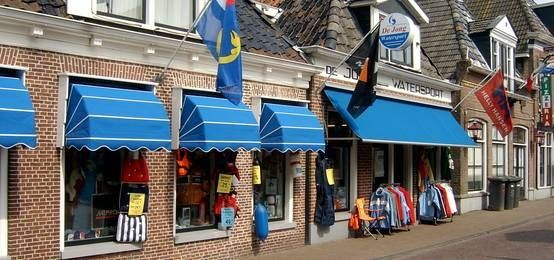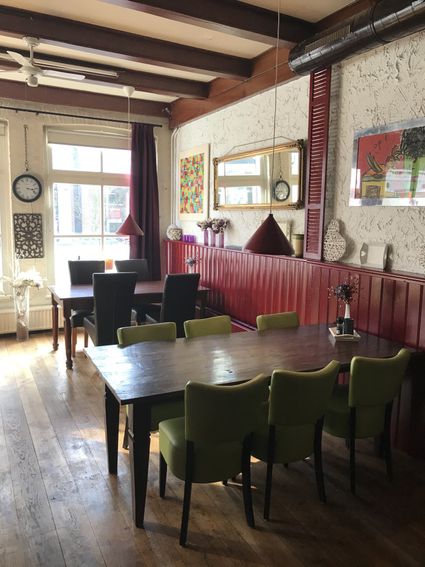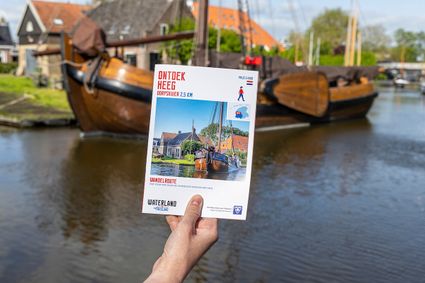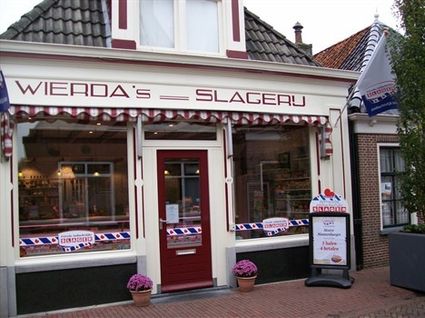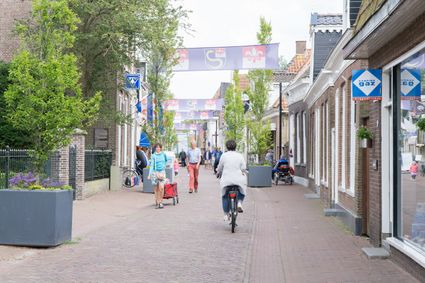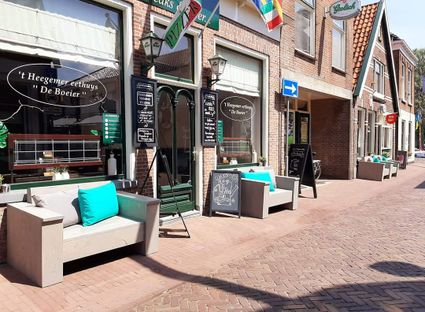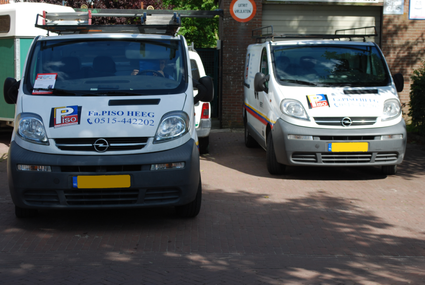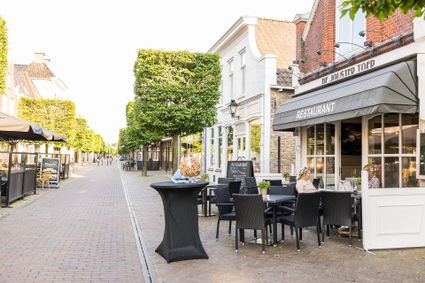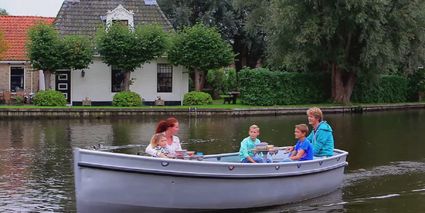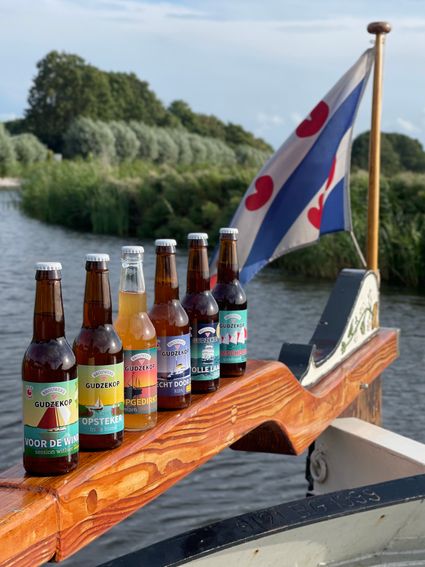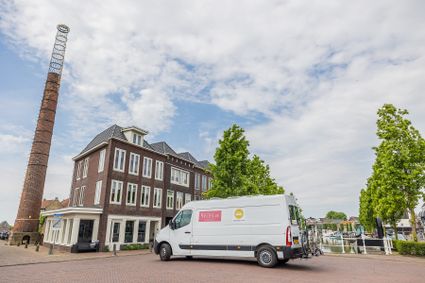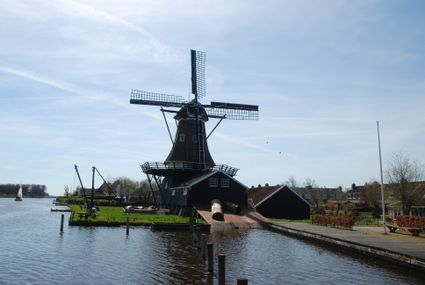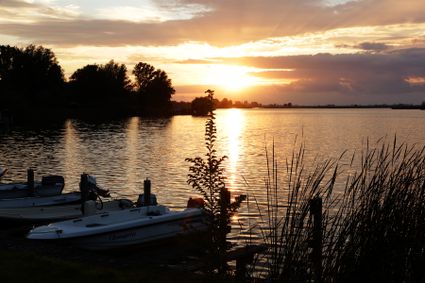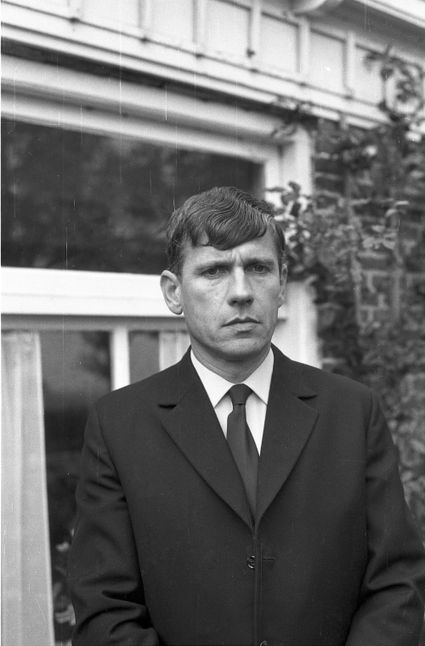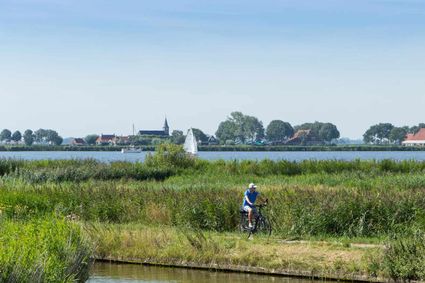Take a look
- Every monday from 09:00 to 18:00
- Every tuesday from 09:00 to 18:00
- Every wednesday from 09:00 to 18:00
- Every thursday from 09:00 to 18:00
- Every friday from 09:00 to 18:00
- Every saturday from 09:00 to 17:00
- Every sunday closed
- van 31 oktober tot 31 maart is De Jong Watersport ook op maandag gesloten.
De Jong Watersport is tussen 12:30 en 13:30 gesloten wegens pauze.
Prices
- Payment options: Cash, PIN
- Shop type: Watersports articles, Camping goods
- Opening hours:
- Now open
- Distance to your location:
Here you will find De Jong Watersport
De Jong WatersportHarinxmastrjitte 49
8621 BK Heeg Plan your route
from your location
Locations
View all locations-
Soal Beach Resort - Strandappartement type H | 6 persoons
Soal Beach Resort - Strandappartement type H | 6 persoons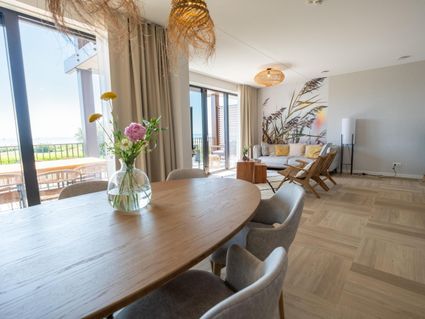
In the neighbourhood
View all routes-
E-chopper pontjesroute rondje Friese meren
E-chopper pontjesroute rondje Friese meren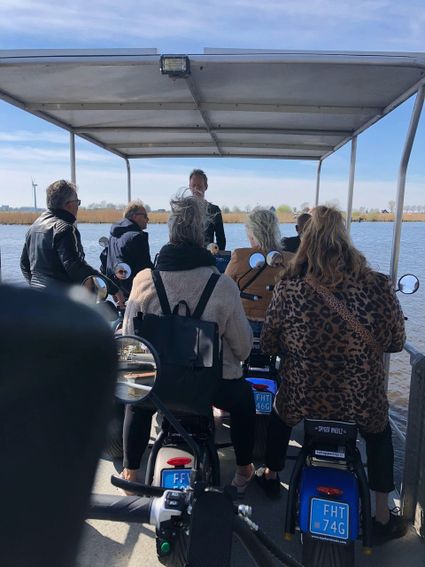 (64.9 km)Makkum
(64.9 km)Makkum -
Volg de kerktorens van Súdwest Fryslân (lang)
Volg de kerktorens van Súdwest Fryslân (lang) (60.8 km)Makkum
(60.8 km)Makkum
Show results
